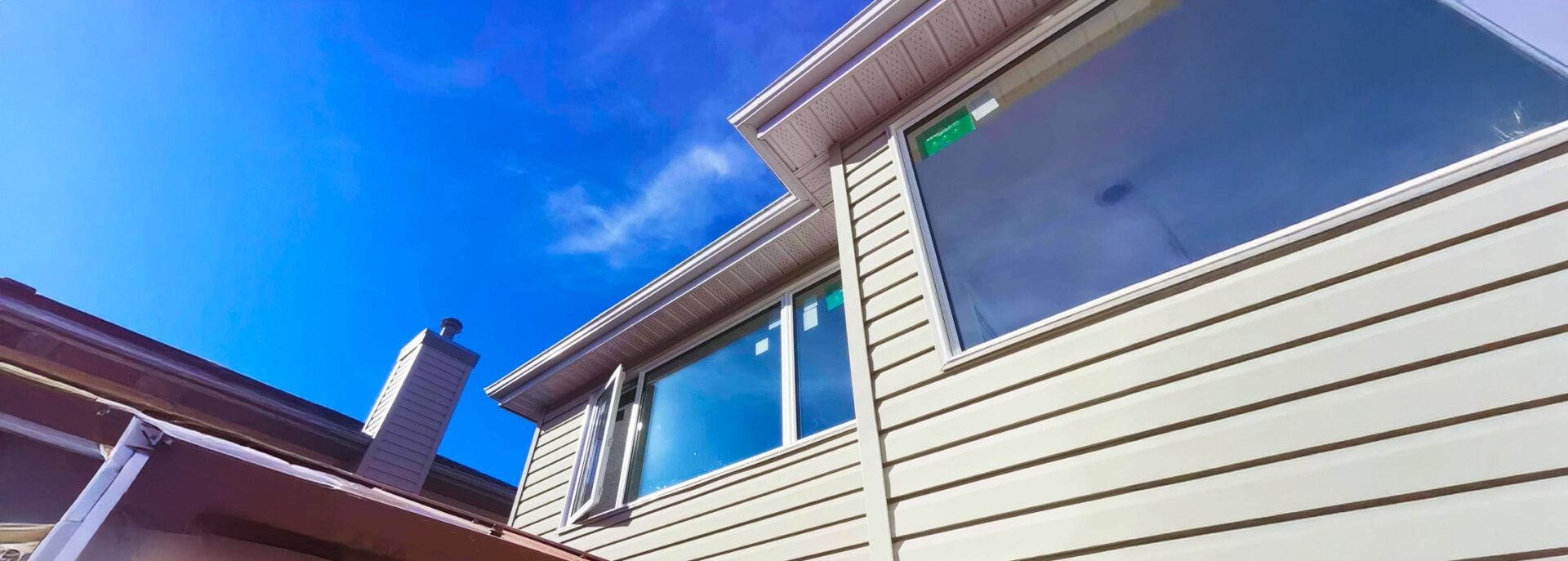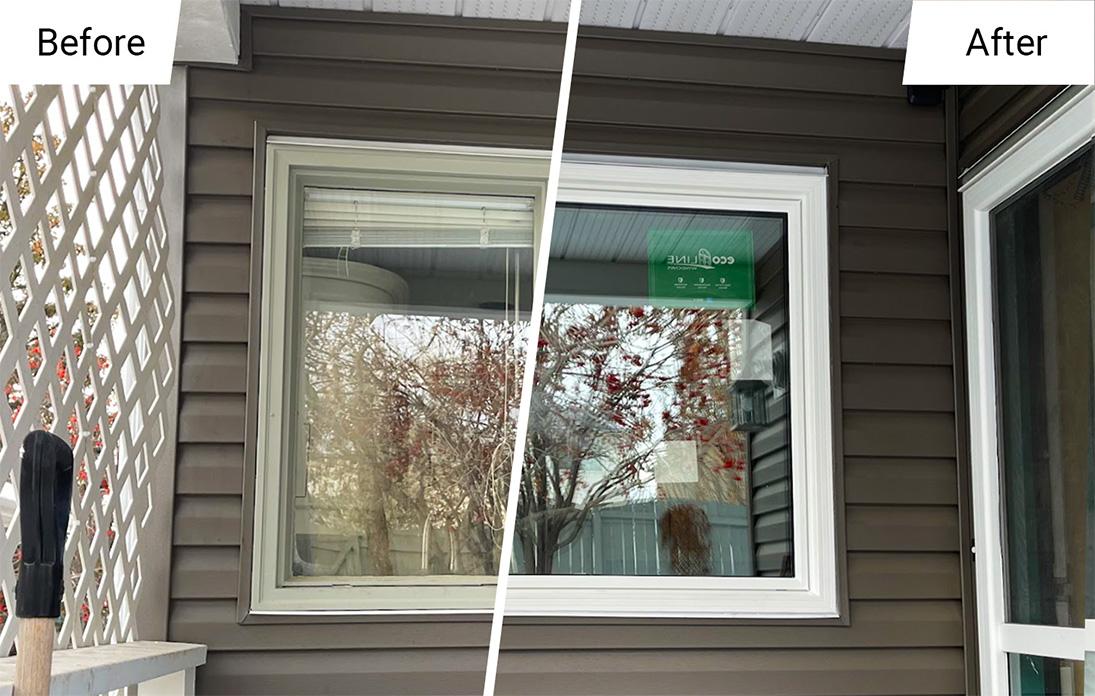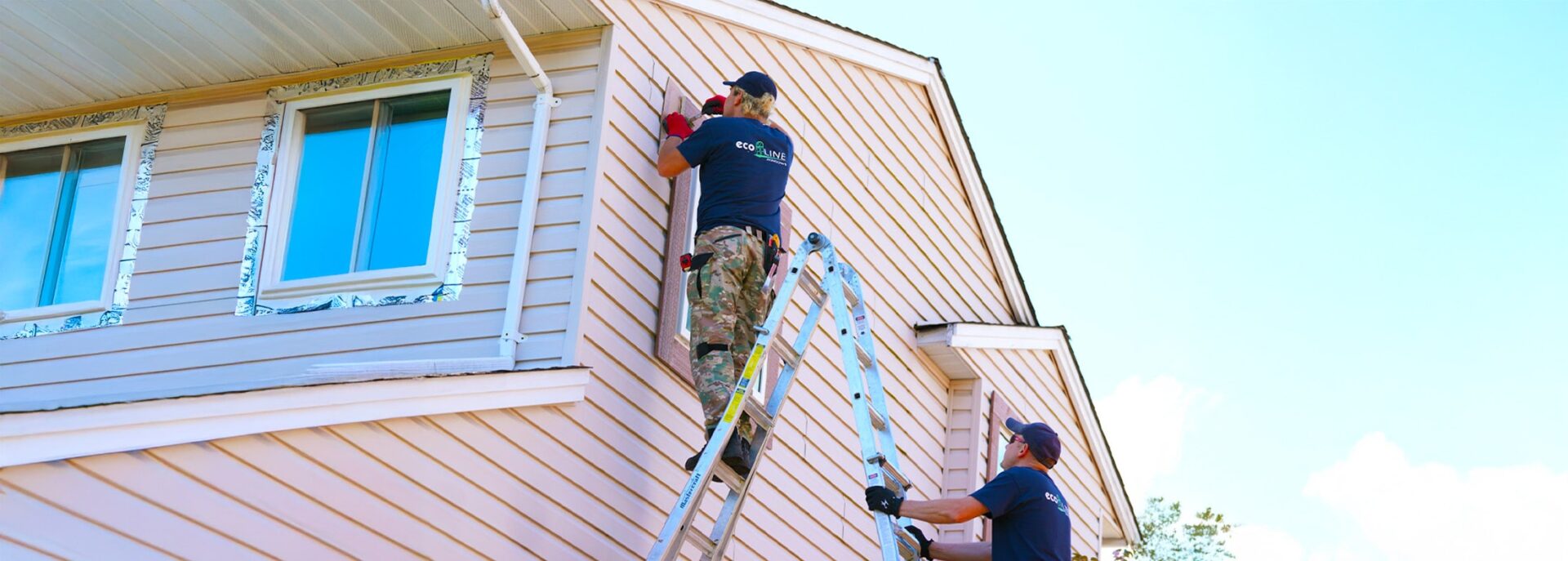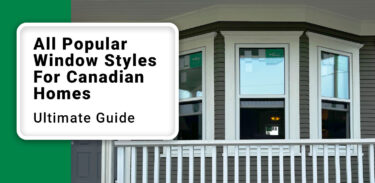

What’s the Best Window Placement for Sunlight & Energy-Efficiency?
Apr 14, 2025
6 min read
22
In home design, few decisions have as much lasting impact as window placement. It isn’t just about where the light comes from—it affects how your home feels throughout the day, how much you spend on heating and cooling, and even how much you rely on artificial lighting.
With Canadian harsh weather conditions, poor window orientation can lead to heat loss (or overheating), uncomfortable glare, or missed opportunities for free natural light.
On the other hand, well-positioned replacement windows are a game-changer. Whether building new, renovating, or upgrading a single room, choosing the right window orientation enhances energy performance, improves comfort, and maximizes natural light.
Check out top expert insights on how to make the most of window placement—tailored to Canada’s unique climate and sunlight patterns.
Let’s Talk Window Placement
To make the most of natural light, it’s vital to understand how sunlight moves. In Canada, the sun’s angle and intensity shift dramatically with the seasons. During winter, the sun sits lower in the sky, casting longer shadows and shining more directly through south-facing windows. In summer, it rises higher, meaning the same windows may receive less direct light—unless appropriately shaded.
Each direction offers unique lighting benefits—and potential drawbacks. Knowing how to work with these can significantly improve your home’s energy performance and comfort.
- South-facing windows receive the most sunlight throughout the day, especially during winter when it’s most needed. They’re ideal for living rooms and open spaces, welcoming warmth and natural light. In colder climates like Saskatchewan or Manitoba, they can contribute meaningfully to passive solar heating.
- North-facing windows offer soft, diffused light all day with minimal glare or heat gain. They’re perfect for bathrooms, studios, or utility spaces. While they don’t contribute much solar heat, their steady lighting reduces reliance on artificial lighting during daytime hours.
- East-facing windows bring in bright, refreshing morning light. They’re excellent for bedrooms and kitchens—spaces used earlier in the day. In warmer months, east-facing windows can stay cool by noon, reducing heat buildup.
- West-facing windows let in warm afternoon light. While they can provide pleasant evening illumination, they also risk overheating interiors in summer. However, the right blinds, low-E glass, or exterior shading elements help manage this. West-facing windows are well suited for dining rooms or spaces used later in the day.
Best Window Styles for Maximising Sunlight
Not all windows contribute equally when it comes to enhancing daylight. The right style can amplify natural light, frame outdoor views, and provide maximum energy efficiency all year round. Choosing the best type depends on your window placement and the space used.
- Picture Windows. These non-operational windows let in the most sunlight due to the huge glass area. Perfect for south-facing walls, they flood living areas with sunshine and provide stunning views—ideal in scenic areas or where passive solar gain is a priority.
- Bay and Bow Windows. These window combinations extend outward, capturing sunlight from different angles throughout the day. They’re excellent for creating bright reading nooks or expanding dining rooms with warm, natural light.
- Casement Windows. Hinged at the side and opening outward, casements seal tightly when closed and catch breezes when open. Their large glass area makes them great for natural light and ventilation—perfect for east- or west-facing walls.
- Sliding Windows. These offer broad glass surfaces and are easy to operate. While they provide a slightly lower seal than casement styles, they’re great for brightening up kitchens and bedrooms, especially on the east or north side.

Top Window Placement Tips (Based on Regions in Canada)
Smart window placement is about more than just direction—it’s about tailoring choices to your province’s climate and your home’s design. Canada’s vast geography means what works in Vancouver may not suit Winnipeg or Halifax.
Western Canada
Mild, wet winters and cloudy days call for maximizing available light. South- and east-facing windows work best here, especially large picture or bay windows in living areas. In West Coast modern homes, large floor-to-ceiling windows on the south side can dramatically brighten interiors while preserving privacy.
Meanwhile, it is important to keep in mind the overheating issues many BC homeowners usually face and choose windows with lower Solar Heat Gain Coefficient (SHGC). The recent investigation found that windows with an SHGC greater than 0.42 significantly increase the potential for overheating.
Prairie Provinces (AB, SK, MB)
These regions see harsh winters and lots of sun. South-facing casement or picture windows are ideal for capturing solar heat during the day. To offset wind exposure, use fewer windows on the north side or opt for triple-pane units.

Central Canada (ON, QC)
With mixed seasons, balance is key. Larger windows should be placed on the south side to benefit from passive solar energy in winter. Use east-facing casement windows for fresh morning light in bedrooms or kitchens. In traditional brick homes or farmhouses, symmetrical placement with deep sills adds character and function.
Atlantic Canada (NS, NB)
Homes here face more rain, wind, and salt air. That’s why prioritizing durable window materials (like vinyl) is vital. East-facing casement or sliding windows are great for kitchens and bedrooms, bringing in soft morning light before coastal clouds roll in.
West-facing windows may invite harsh wind and rain, so use smaller awning windows or install protective shutters if necessary. Minimise large north-facing windows to reduce exposure to cold ocean winds.
The Best Window Styles and Orientation for Different Rooms
| Room 🏠 | Best Orientation ☀️ | Recommended Window Styles | Why It Works ❓ |
| Living Room | South | Picture, Bay, Bow | Maximizes daylight and passive solar heat |
| Bedroom | East | Casement, Sliding | Gentle morning light, cooler evenings |
| Kitchen | East or South | Casement, Sliding, Awning | Bright start to the day, great ventilation |
| Bathroom | North or South | Awning, Frosted Casement | Soft light + privacy; avoids overheating |
| Basement | South or East | Casement, Hung, Sliding | Meets egress + improves light and airflow |
| Dining/Office | West | Casement, Picture, Sliding | Evening light boosts comfort and productivity |
Wrapping Up
Window orientation isn’t just an architectural detail—it’s a powerful design strategy. For Canadian homeowners facing long winters, shifting daylight hours, and rising energy costs, it’s one of the most effective ways to enhance both comfort and efficiency.
South-facing windows bring free warmth in cold months. East-facing ones create bright, energizing mornings. By understanding how sunlight works with your space—and choosing the right window styles and placements—you can make every room feel better, look brighter, and function smarter.Need expert advice on your window upgrade? Contact our experts today, and let’s start transforming your home together!
1750 Coast Meridian Rd #102,
Port Coquitlam, BC V3C 6R8
100, 17866 106A Avenue,
Edmonton, AB, Canada,
T5S 1V3
3307 Dunmore Rd SE #12,
Medicine Hat, AB,
Canada, T1B 3R2
2081 Merivale Rd #201, Ottawa, ON, Canada, K2G 1G9
by appointment only
109 Ilsley Ave Unit #3, Dartmouth,
NS, Canada, B3B 1S8












